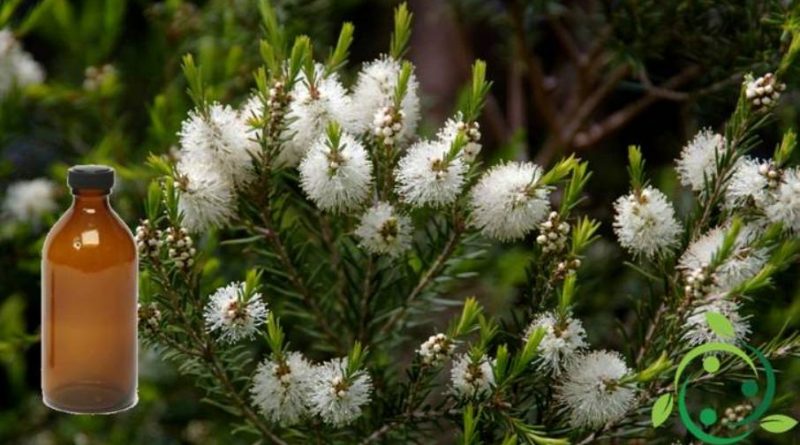Tea Three Essential Oil – Uses and Properties
Tea Three Essential Oil – Uses and Properties
Tea tree essential oil is obtained from Melaleuca alternifolia (Mirtaceae).
This essential oil contains 48 organic compounds, but the most important function is played by terpinenes and cineol. These two active ingredients must be present in the finished product in precise percentages, as indices of essential oil quality. In Australia, the government has sanctioned, by law, that, to be classified as Tea tree oil, the essential oil of Melaleuca alternifolia must contain more than 30% of Terpinenes and less than 15% of Cineolus. This essential oil has powerful antibacterial, antiviral and antifungal functions.
Tea tree essential oil is indicated in case of infections of the respiratory tract, which cause pharyngitis and tonsillitis, fever, bronchitis, colds, sore throat, cystitis, candidiasis and herpes, but as mentioned, is indicated against skin fungus and mycosis of the nails, as antiviral on herpes, leeks and warts; uses as antibiotics are more frequently on infected sores, wounds, burns and pyorrhea.
The vapors of the essential oil of Tea Tre have a corroborating action for the respiration and to fight the flu syndromes characterized by the presence of mucus and phlegm.
This essential oil, not being irritating, is recommended for local use on particularly delicate areas such as the mucous membranes of the body. For this type of application it is necessary to carry the gel through pure aloe.
Another application is as a remedy against lice infestations, which can affect adults and children of school age and animal parasites.
Finally, like many other essential oils, it finds an interesting widespread application in the environment where one lives to purify the air in houses of cold diseases.
Like all essential oils, it can cause allergic skin reactions and digestive disorders with nausea and vomiting if given in excessive doses. Attention also to the contraindications in pregnancy, during lactation and in patients who experience hepatic and renal insufficiency. It is absolutely not recommended, by mouth, to all children under 5 years.

